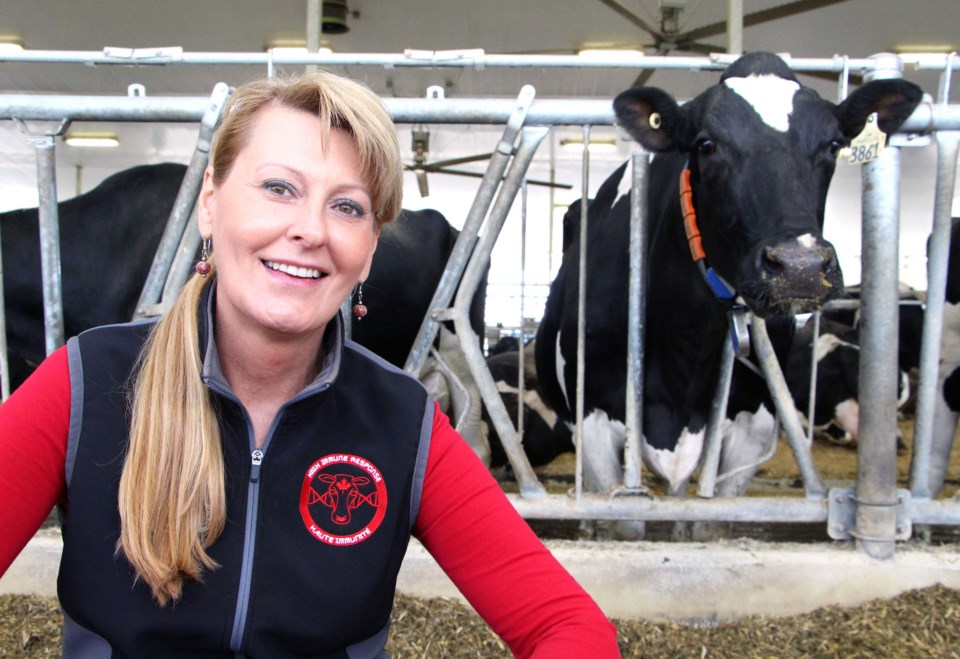The naturally raised livestock movement has many consumers convinced that any animal treated with antibiotics should never end up in the food chain.
But let’s be realistic.
Livestock get illnesses, just like people do. We share a world with opportunistic organisms that survive by invading our bodies.
When livestock get sick, farmers or veterinarians may treat them with antibiotics, if the situation calls for it. Imagine the uproar that would ensue in society if farmers simply culled sick animals, rather than caring for them and trying to make them better.
Research has shown that there is a very specific period of time over which an antibiotic will do its work, then naturally be cleared from system. Once that happens, and the animal has recovered, there’s no reason to keep it out of the food chain. It was sick, now it’s cured, and whatever federally approved pharmaceutical used to help cure it has passed.
But what if farmers could bring new animals into their herds that had higher levels of natural immunity to disease, and were inherently less likely to fall prey to illness or disease? In other words, animals that got sick less often in the first place.
Well, that’s already happening in dairy cows in Canada and elsewhere, thanks to research at the University of Guelph by a team led by Professor Bonnie Mallard.
Over her storied career, Mallard has developed something called High Immune Response (HIR) technology. Recently, she received a Governor-General’s Innovation Award for this development. The notation from the Governor General’s office says the awards “recognize and celebrate outstanding Canadian individuals, teams and organizations— trailblazers and creators who contribute to our country’s success, who help shape our future and who inspire the next generation.”
Basically, here’s how HIR works. Through a simple blood test and skin measurement, animals with the best immune systems – the ones that are the most naturally resistant to disease – can be identified. It’s those animals that dairy farmers want to introduce into their herds.
These high immune responders pass on their immunity genetics to their offspring. Then within a relatively short period of time, the herd develops a higher level of natural disease resistance to problems such as pneumonia and mastitis.
How much more immunity? Studies by Mallard and other researchers she worked with to develop the technology to identify the high immune responders, including Bruce Wilkie and the late Brian Kennedy, show these animals get sick 50 per cent less than their herd mates.
Now wonder the high immune response approach is catching on. In dairy, Guelph-based Semex, Canada’s largest livestock breeding company, licensed the technology from the University of Guelph, and called it Immunity+ (as in “Immunity Plus”). It’s now available in 120 countries. Commercially, it’s generated more than $60-million in the first three years of sales.
Mallard plans to expand this research to other livestock, including beef cattle, horses and pigs.
No question, all these species could benefit from enhanced immunity. And consumers who favour a more natural approach would be even better served than they already are.
